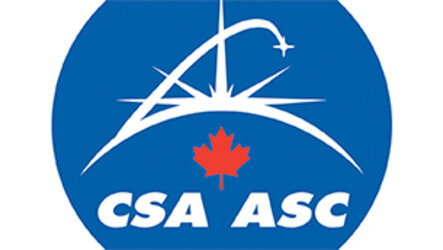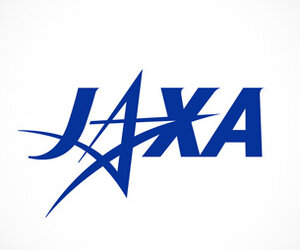Red Food for the Red Planet
Among the many issues that space programs face as they develop plans to send a human mission to Mars, the question of life support ranks at or near the top. It should come as no surprise, then, that this challenge is at the heart of research being conducted by some of the world’s top scientists, including those in Canada.
These scientists are investigating options that would provide astronauts with a self-contained biological system required to sustain life during a long-duration mission. In the case of Mars, planners need to consider a minimum of a six-month journey in each direction to get to and from the planet, coupled with a stay likely somewhere in the neighborhood of eighteen months!
One of the most obvious options is to use plants, which provide food, water and oxygen, while at the same time recycling carbon dioxide and waste. The answer, although seemingly obvious, requires more in-depth thought. Scientists still must wrestle with the questions of which types of seeds are best suited for space missions and whether the environments of both deep space (for the journey), and Mars itself will affect the ability of the seeds to germinate.
In an effort to get Canadian students to address these issues, as a catalyst for inspired and authentic learning, the Canadian Space Agency (CSA) has been collaborating with the University of Guelph, Agriculture and Agro-Food Canada, the Ontario Centres of Excellence, Heinz Canada and Stokes Seeds on the Tomatosphere Project.

Each year, students are provided with sets of tomato seeds that have been exposed to space or space-simulated environments as well as a control group of seeds. Recently, 600,000 of these seeds were flown onboard the final U.S. space shuttle mission to the International Space Station, where they will remain for up to three years prior to returning to Earth and being distributed to more than 13,000 participating classrooms. The project’s baseline experiment investigates the germination rate of the seeds; however, supporting materials have been developed to allow educators from grades 3 to 10 to build on student understanding of a variety of topics, from the science of plants to the science of nutrition to the science of ecosystems.
Marilyn Steinberg, the Space Learning Program Manager at the CSA, commented that, through their participation in Tomatosphere, “These students become space-farmers, conducting experiments in their classrooms that teach them about the complexity of horticulture, inspire innovative thinking about food production off-planet, and build their scientific skills set as they prepare to become Canada’s first generation of planetary explorers.”
Over the next three years, participating students will continue to provide scientists with data related to the possibility of growing tomatoes in space, while developing a “taste” for science and space research.
Those interested in finding out more about Tomatosphere are encouraged to visit the project website at http://www.tomatosphere.org/.
Canadian Space Agency








